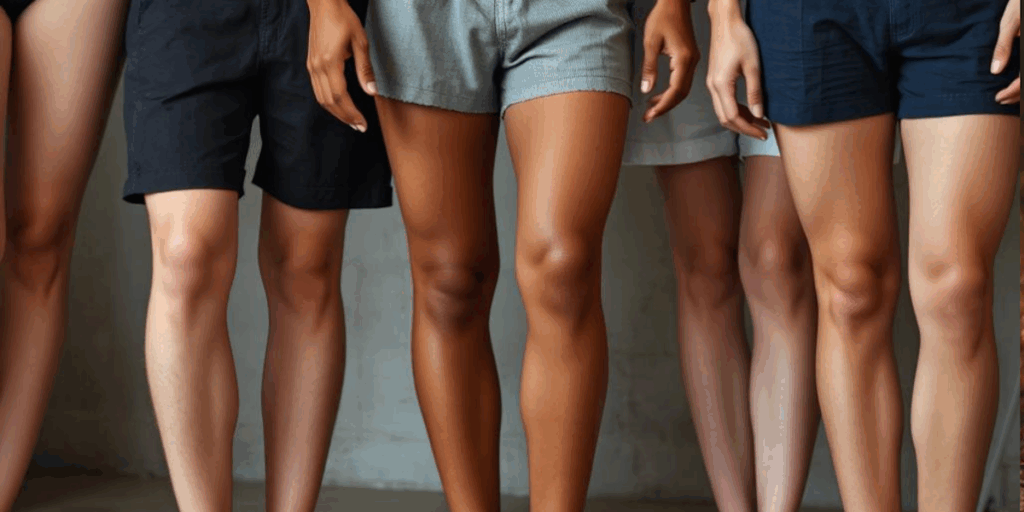As one of my mentors said during my training, “If I only did what I learned in residency, I wouldn’t be doing any surgery.”
What he meant was that there are so many new techniques and implants in orthopaedic surgery that we are constantly evolving how we do surgery, what implants and grafts we use, and how we treat injured joints. One clear example is anterior cruciate ligament (ACL) treatment.
When I trained, essentially everyone got a patellar tendon reconstruction. We did it the same way every time, fixing the graft to the femur and tibia with a metallic screw. This was followed by double bundle ACL surgery, the popularity of which faded quickly as the tunnels often converged, athletes weren’t doing better, and the surgery took longer.
Over 10 years ago, I started drilling the femoral tunnel from the anteromedial portal, which allowed me to place the ACL graft wherever the anatomic footprint was, rather than where I could reach doing it the old way and drilling through the tibial tunnel.
Our drills got better in that they became flexible and allowed us to curve around the front of the knee. We have evolved from titanium buttons to metallic screws to absorbable screws to plastic and back to titanium buttons. There have been pros and cons to each technique, and ultimately, I have settled on buttons for everyone. They are:
- small
- inert
- easy to get out if you need to go back and revise the surgery
Also, there is no bone reaction due to a dissolvable implant or bony defect if you have to take them out (which happens with a screw).
As far as graft choices go, my graft of choice initially changed from patellar tendon to allograft, but many grafts were irradiated to sterilize them. Some studies showed suboptimal results, perhaps because they used weak tendons (for example, the Achilles tendon).
I then went to an all-inside hamstring graft, which allowed me to quadruple one tendon instead of taking two grafts and gave me a larger graft. I have been very satisfied with the results of this procedure and can honestly say that I have had very few re-tears.
The recent trend in sports surgery has been to use the quad tendon, which is an easy graft to harvest with a scar just above the knee cap. The downside is weakness of the quad, and studies have shown that at six months post-operatively, patients only have about 60% of their strength.
What I do now is discuss the pros and cons of each graft option with patients, typically settling on hamstring or quad with lateral extra-articular tenodesis (LET) in young cutting athletes (typically under age 25) or for revisions. For patients who have somewhat lower demands on their knees, they most often choose a hamstring auto or allograft (donor graft).
(Image generated with AI.)

